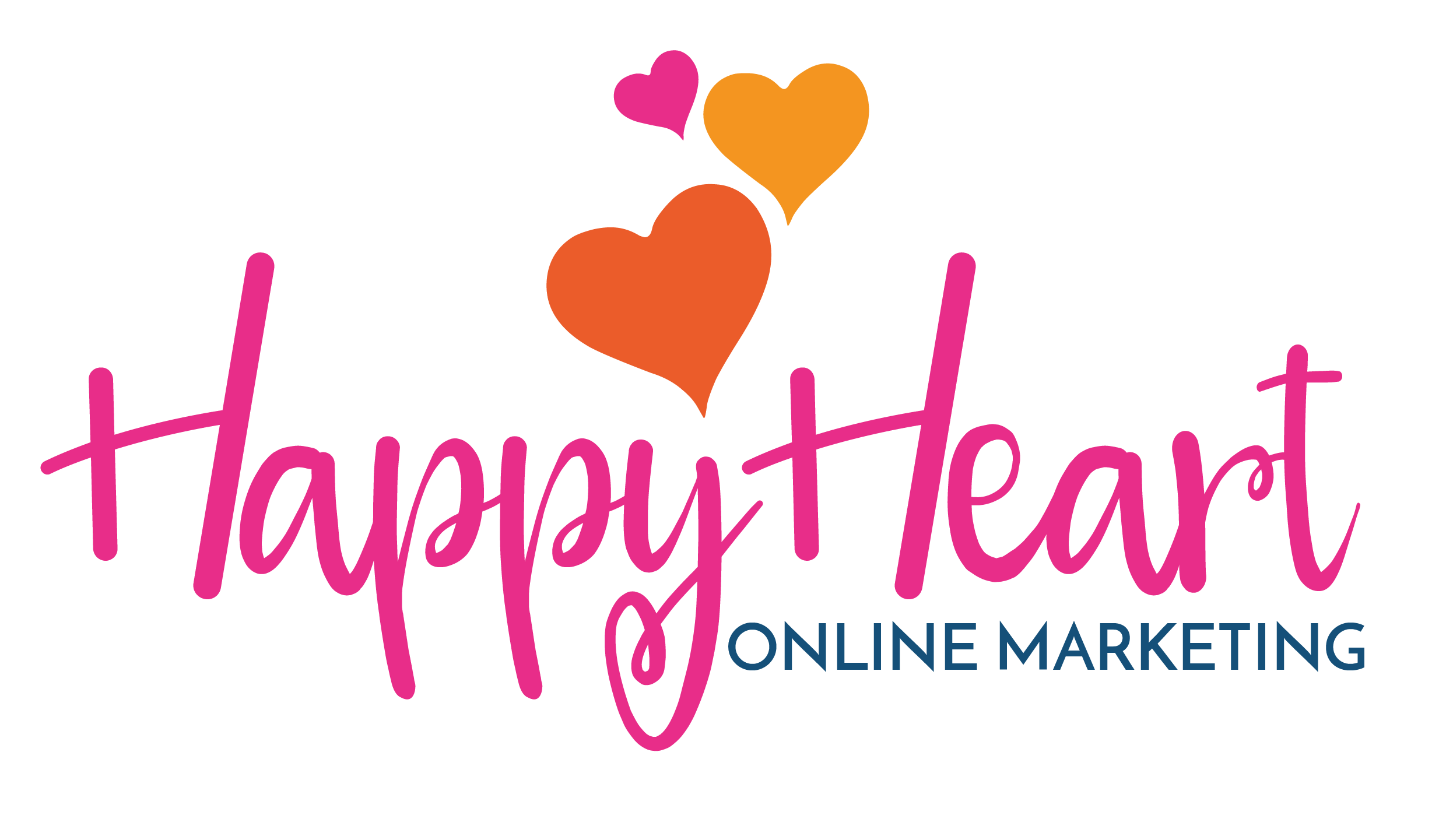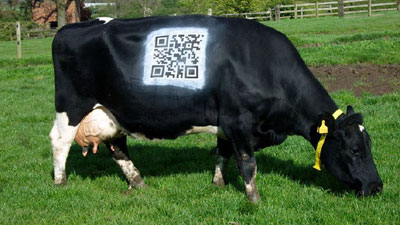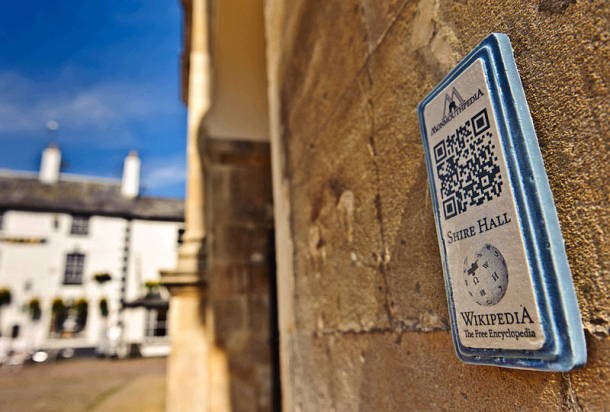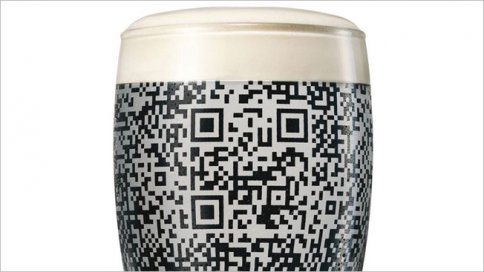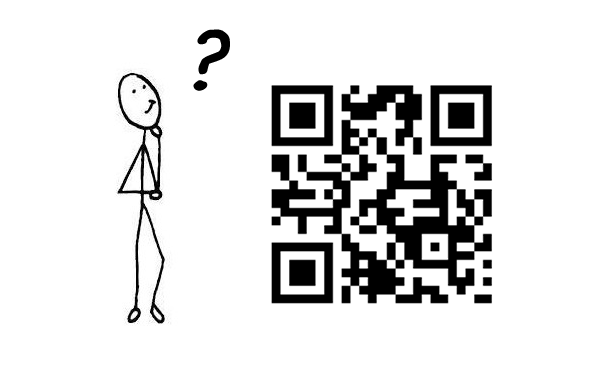Whist the high street and printed media abounds with QR codes, it seems that many of us are at best suspicious and at worst downright scared of these confusing black and white pixelated images. If you have noticed these codes when you are out and about but have no idea what they are, let alone how to scan and use them, this article should shed some light.
What is a QR Code?
QR Code stands for Quick Response Code, a barcode that can be scanned, on the move, with a mobile phone. Whilst these images have been around for quite some time, they are only just gaining mainstream acceptance, now appearing on everything from billboards, menus, newspapers and product packaging and, clearly, cows!
QR codes, quite simply, give mobile phone users information about a particular object. They store text, phone numbers, email addresses and calendar events, and once scanned, create links to websites or generate some interactive content on your smartphone’s screen.
How do I read them?
To access the information embedded in the codes, users need a smartphone with a camera, Internet access and a QR code reader app, most of which are free to download from an app store.
When you launch your app of choice, you’ll see that your phone’s camera is activated, with an on-screen framing guide. Line up the camera on your device with the QR code you want to scan, and hold the device steady until the app can read the code in front of it.
For the best results, aim your device squarely at the code, and not at an angle. Try to minimize any glare from stray light sources, If the code is in direct sunlight, you may need to cover it with your hand for the app to read it properly.
When the app has recognized the QR code, it will beep and display the info the code contains, or launch your Web browser to take you to a designated URL.
What sort of information will I find?
The list is endless, from retailers and restaurants using QR codes to offer discounts, special offers and previews, to art galleries and museums with codes providing detailed information about paintings or exhibits. In South Korea, where the use of QR codes is much more widespread, Tesco customers can shop in a virtual supermarket while standing on a subway platform. They scan images of groceries with a QR code reader and buy them with a click.
Closer to home, visitors to the Welsh town of Monmouthshire can scan QR codes mounted on the sides of buildings, providing instant access to up-to-date Wikipedia entries about all aspects of Monmouth life.
So, don’t be daunted by the rise of QR codes; they are not aimed at an exclusive group of “techie” teenagers or computer nerds. On the contrary, they represent a simple, fun and valuable way for anyone with a smartphone to enhance their experience as a consumer. And for marketers, they provide an increasingly compelling way to attract and retain customers.
Take for example the Guinness QR code on a beer glass which is, literally, activated by the product— pour your Guinness into the glass, and the black colour fills out the code. Scan the code with your smartphone, and it “tweets about your pint, updates your Facebook status, checks you in via Foursquare, downloads coupons and promotions, invites your friends to join you, and even launches exclusive Guinness content.” Thankfully, it doesn’t go as far as actually drinking the pint for you!
With QR codes appearing everywhere from cupcakes to rooftops, permanently tattooed on human bodies and sprayed on animals (see Lady Shamrock, above promoting the UK dairy industry), surely it’s time to give stop avoiding these funny-looking 2 dimensional pictures. Download your app and get scanning; you may be pleasantly surprised by what you find!
Naomi Gilmour is a Social Media Consultant and Trainer, offering straight forward effective advice for your business. Empowering small businesses to suceed online.
